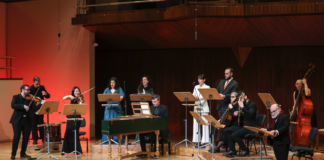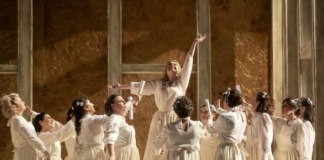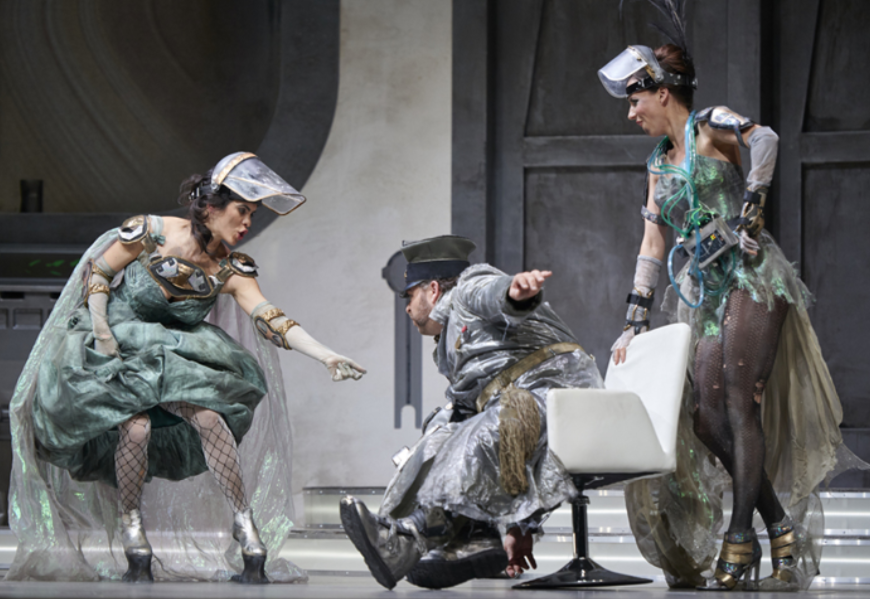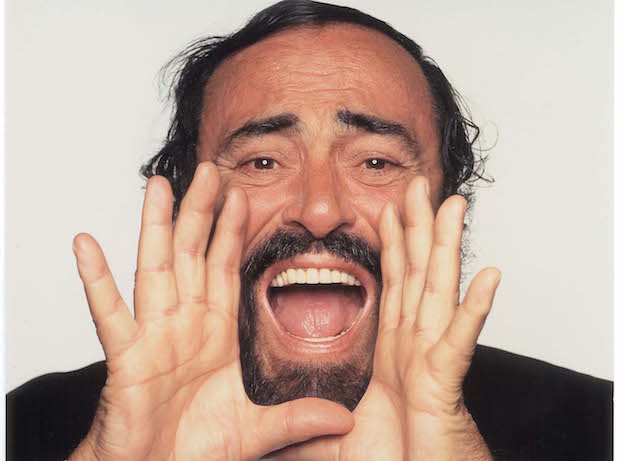
Humperdink’s opera Hansel and Gretel is the third and probably the best title of the Seattle Opera in their 2016-17 season so far. Stage Director Laurent Pelly and conductor Sebastian Lang-Lessing are the leaders of an attractive visual proposal, which doesn’t avoid some of the most controversial subjects of our time.
After Count Ory and The Flying Dutchman, Humperdinck’s Hansel and Gretel is the third title of the Seattle Opera 2016-17 Season. After its first representation last Saturday, this opera, designed by the French director Laurent Pelly and the Belgian set designer Barbara de Limburg, is increasingly raising the interest of the Seattle aficionados.
Hansel and Gretel, premiered in Weimar in 1893 (and a hundred years later in Seattle), was composed by Engelbert Humperdinck after the Grimm Brother’s well-known folktale. It arrives again in Seattle in a fresh, clever and effective production which allows space to reflect about the multiple faces of the story. Because, beyond the playful and clear melodies of Humperdinck, the music suggests an interesting tension between childhood and maturity, imagination and reality, the joy of living and the despair amidst poverty. All of it is comprised in an attractive visual proposal which doesn’t avoid some more political and controversial subjects, such as alcoholism, violence, consumerism or even child obesity and sexual identity. Every idea is presented in a subtle and sometimes naïve fashion, using fantasy as a balm to put some distance and keep a tale-like tone.
We could mention several interesting features of the show. The action is set in our time and portrays two different worlds separated by the scene of the enchanted forest: one is the poor but safe home of Hansel and Gretel; the other is the Witch’s house, threatening but made out of treats. The curtain was a cardboard box. This image was used as a leitmotiv in order to suggest ideas such as surprise, mystery, poverty and consumerism and was a powerful element in a city like Seattle, where life moves around inside Amazon parcels. We liked also the prelude to the third act, the night at the forest, where Laurent Pelly used TV screens to display the gluttonous dreams of the two children.
However, nothing of all this would have worked out if the SSO and the cast of soloists who sang last Sunday’s matinee had not reached a remarkable musical level. Maestro Lang-Lessing conducted also the SSO on The Flying Dutchman. For Hansel and Gretel, he proposed a sensorial version, somehow far from the luxury and sophistication of other conductors. Thus, instead of focusing on the luxury of Humperdinck’s orchestration, Lang-Lessing depicted a down-to-earth atmosphere, in line with the humility of the main characters, and at the same time capturing the epic of the tale.

The roles of Hansel and Gretel were served by former Seattle Opera Young Artists mezzo Sarah Larsen and soprano Anya Matanovic. Both should be equally complimented as being tremendously committed and expressive. Ms. Larsen was a bit too puerile, though. Probably the ideal Hansel, the big brother in a very poor family, might not be so goofy. Her voice was in perfect shape, although she could improve even more the quality of her notes in the lower register. Ms. Matanovic, perhaps more believable in her role, demonstrated a solid technique and a bright collection of high notes. Like Larsen, she delivered an energetic and remarkable rendition of the character. Their vocal strength was absolutely proven during the first act when the two singers sang and danced fiercely the long and very demanding arrival scene.
With a clear and versatile dramatic voice, tenor Peter Marsh was a scary and ambiguous witch. He gathered one of the longest applauses due to his stamina and presence on the stage, although his vocal line was not always delicate.
Soprano Amanda Opuszynski sang the Sandman and de dew fairy. She sounded more texturized in the first role, singing a moving lullaby. Hansel and Gretel’s parents, Gertrude and Peter, were performed by soprano Marcy Stonikas and baritone Mark Walters. Despite the shortness of their roles, both singers stood up for the considerable size of their voices.
We are glad to see this kind of world-class operatic productions in Seattle. The combination of young and talented singers, together with intelligent and experienced musical and set directions, is becoming a sure bet for the always growing Seattle Opera.
Carlos J Lopez















